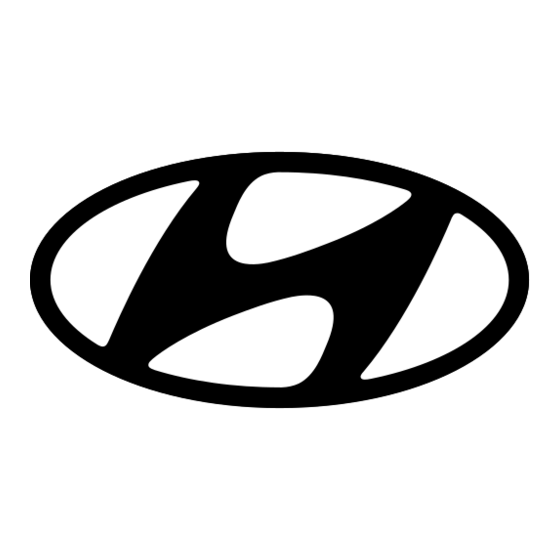
Table of Contents
Advertisement
Quick Links
SECTION 1 GENERAL
Group 1 Safety hints ------------------------------------------------------------------------------------------------------ 1-1
Group 2 Specifications -------------------------------------------------------------------------------------------------- 1-5
Group 3 Periodic replacement -------------------------------------------------------------------------------------- 1-15
Group 1 Structure ---------------------------------------------------------------------------------------------------------- 2-1
Group 2 Removal and installation of unit -------------------------------------------------------------------- 2-2
Group 1 Structure and operation --------------------------------------------------------------------------------- 3-1
Group 2 Troubleshooting ---------------------------------------------------------------------------------------------- 3-3
Group 3 Disassembly and assembly -------------------------------------------------------------------------- 3-5
Group 1 Structure and function ------------------------------------------------------------------------------------ 4-1
Group 1 Structure and function ------------------------------------------------------------------------------------ 5-1
Group 1 Structure and function ------------------------------------------------------------------------------------ 6-1
Group 2 Operational checks and troubleshooting ------------------------------------------------------ 6-17
Group 3 Disassembly and assembly --------------------------------------------------------------------------- 6-21
Group 1 Component location --------------------------------------------------------------------------------------- 7-1
Group 2 Electrical circuit ----------------------------------------------------------------------------------------------- 7-2
Group 3 Electric components --------------------------------------------------------------------------------------- 7-3
Group 1 Structure ---------------------------------------------------------------------------------------------------------- 8-1
Group 2 Operational checks and troubleshooting ------------------------------------------------------ 8-3
Group 3 Adjustment ------------------------------------------------------------------------------------------------------ 8-6
Group 4 Removal and installation -------------------------------------------------------------------------------- 8-8
CONTENTS
CONTENTS
Advertisement
Table of Contents
Troubleshooting













Need help?
Do you have a question about the 18BRP-9 and is the answer not in the manual?
Questions and answers